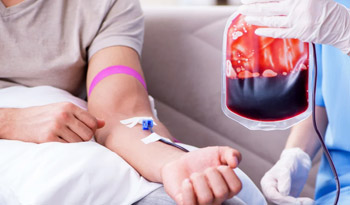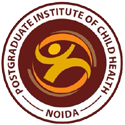
Welcome to Pediatric Transfusions

The pediatric age group is one of the most vulnerable groups of patients receiving blood transfusions. The role of the transfusion medicine team is not only to provide small aliquots but also to address many other issues. The changing metabolic profile and small body size of neonates and children are often overlooked by the standard techniques and policies. Numerous adult principles are applied to this age group which may not be appropriate for the young transfusion recipient.
There is also a lack of evidence in many aspects of transfusions in pediatrics due to a lack of appropriate randomised control trials. Most of the practices in pediatric transfusions are derived from adult practices. Many of such practices have roots shrouded in history and were based on concerns due to the high vulnerability of this patient population.
There is a growing need for transfusion in the pediatric age group of patients. As per WHO in low-income countries up to 54% of blood transfusions are given to children under 5 years of age. With improving medical care there is a growing need for blood transfusion to sick newborns, pediatric cardiac surgeries, hemoglobinopathies (such as thalassemia and sickle cell anemia etc.), pediatric emergencies, pediatric oncology and transplants.
Pediatric patients are one of the longest surviving recipients of transfusions hence providing safe and efficacious transfusion becomes a major responsibility of the transfusion medicine team. This platform is prepared to keep pace with the ever-changing, fast-growing landscape of transfusion practices in fetuses, neonates and pediatric age groups of patients.


